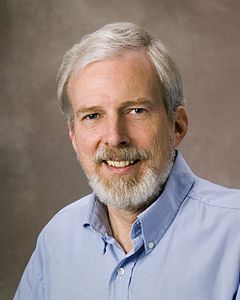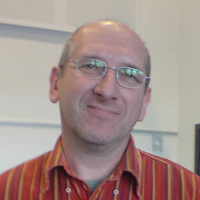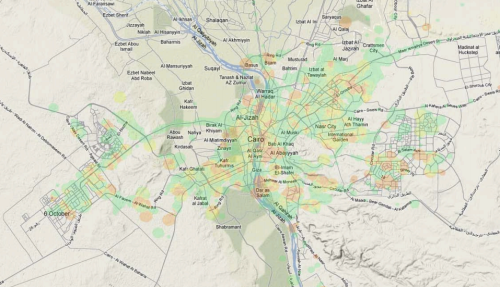
Downloadable Document: 2011 AAAS Security Policy & Cybernetics Dr. Stuart Umpleby
As I understand it, the fundamental problem with secret intelligence is too much self-reference and too little peer review. Stated differently, any advice from a subordinate to a superior has two components — describing some observed system and wanting to please the boss. Peer review also has the usual human flaws but works pretty well in the academic community. Peer review, which requires openness/ transparency/ honesty, is a way of testing descriptions. Too little peer review and the self-serving aspects of advice-giving can seriously distort advice and over time the conceptual frames used to interpret events.
Now add in covert operations, including white, gray, and black propaganda, well-developed methods of regime change, assassination, etc. and one has a very potent, largely unregulated bureaucracy within the govt. Where is the oversight? To preserve secrecy the oversight must be internal, carried out by the honesty and patriotism of the participants and through political appointments. But organizations, as well as individuals, develop their own views and may feel that oversight, or a change in policy from the top, is uninformed, naive, misguided. The intelligence community may then decide to take matters into its own hands. Does this description adequately explain the “Bay of Pigs” events?
Some secret intelligence will probably always be part of politics, but certainly the vast majority should be open and subject to peer review. I think a “systems analysis” of intelligence operations would be helpful. The attached memo provides some larger context.
THE ROLE OF CYBERNETICS IN SCIENCE, TECHNOLOGY AND SECURITY POLICY
By Stuart Umpleby
I am representing the American Society for Cybernetics (ASC) in the AAAS Consortium of Affiliates for Security Policy (CASP). I speak for myself, but as a past president of the Society and a member of the Board of Trustees for several years, I think my views are similar to those of other members of the ASC. Before I address the questions that were posed to CASP members, let me first provide some history on the field of cybernetics. A series of ten conferences on “circular causal and feedback mechanisms in biological and social systems” was held in New York City in the late 1940s and early 1950s. When Norbert Wiener published his book Cybernetics: or Control and Communication in the Animal and the Machine, the conferees adopted “cybernetics” as a shorter title. Although the early applications of cybernetics were in electrical engineering, computer science, and robotics, more recent applications have been in psychotherapy, management and the philosophy of science. Current research at meetings of the American Society for Cybernetics usually focuses on second order information activities, e.g., studies of the process of design, the management of high performing research teams, conceptions of how to regulate the global economy, and suggestions to improve science policy by studying the history of the development of ideas.
Continue reading “Stuart Umpleby: Role of Cybernetics in Intelligence — Extrapolation”





